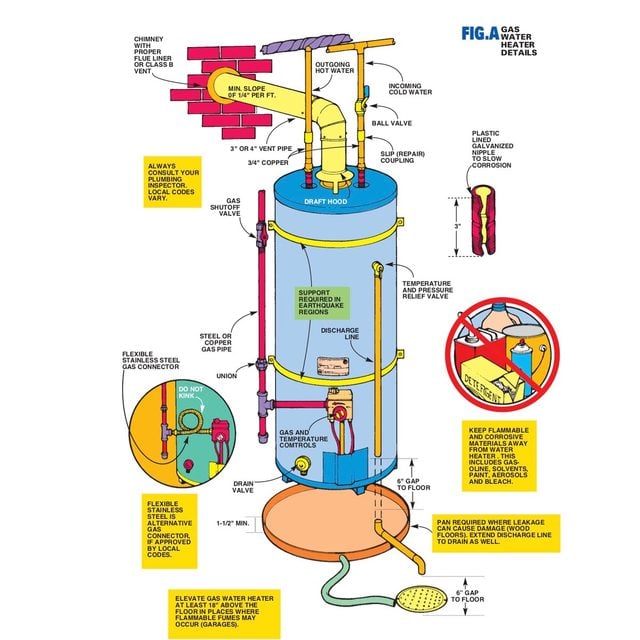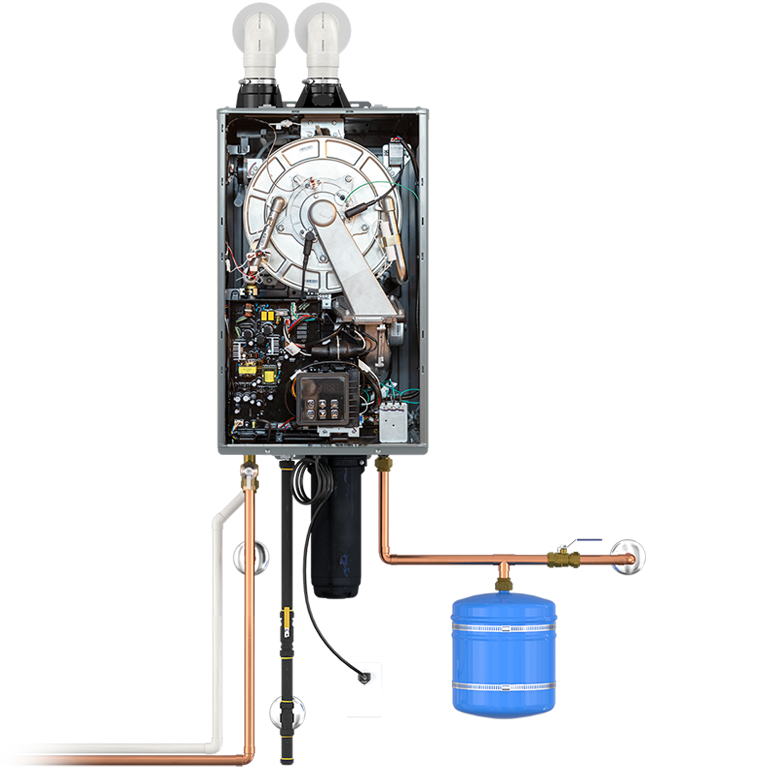The Ultimate Guide to Safe and Effective Water Heating System Installment
The installation of a water heating system is an essential task that calls for thorough interest to detail and adherence to security standards. As we explore the crucial components of an effective installment, it's essential to take into consideration the prospective challenges that can develop if not approached with treatment.
Picking the Right Water Heating System
When picking a water heating system, homeowners must think about several essential factors to guarantee optimal performance and efficiency. The first factor to consider is the type of water heating unit, which typically consists of tankless, storage container, warmth pump, and solar designs. Each kind has its own benefits and downsides, influencing energy usage, recuperation rates, and installment requirements.
Next, it is necessary to examine the size or capability of the water heater. This depends upon the house's hot water need, which can vary based on the number of occupants and their usage patterns. A device that is as well small will bring about inadequate warm water supply, while a large system may squander energy.
Energy performance is an additional crucial factor. Home owners ought to look for systems with high power aspect (EF) rankings, as these indicate far better performance and reduced operating expense over time. Furthermore, the gas source-- electrical energy, gas, or lp-- will certainly affect both installment expenses and ongoing costs.
Getting Ready For Installation
Proper preparation is important for an effective water heating unit installation, and there are numerous vital actions homeowners should comply with. Analyze the setup location to ensure it conforms with neighborhood building codes and safety and security policies. This includes checking for appropriate ventilation, clearance area, and availability for upkeep.
Following, switch off the water supply and power or gas to the existing hot water heater to stop any mishaps throughout the installation process. Drain the old unit entirely to stay clear of any type of spills, and disconnect it from the plumbing and power resources.
In addition, gather appropriate paperwork such as service warranties, installation manuals, and local pipes codes to ensure compliance. If any kind of upgrades are needed for plumbing or electric systems to fit the new device., this is additionally the time to determine.
Last but not least, take into consideration notifying your next-door neighbors if the installment could create disturbances, and ensure that children and animals are maintained clear of the work area. By taking these primary actions, home owners can help with a smoother setup process, decreasing possible delays and problems.
Tools and Materials Needed
An efficient toolkit is necessary for a successful water heating unit setup. Having the right tools and materials accessible not just simplifies the procedure yet additionally makes certain security and compliance with regional codes.
First, gather basic hand tools, consisting of a pipeline wrench, flexible wrench, screwdrivers (both level and Phillips), pliers, and an utility knife. These will certainly aid in eliminating old fittings and securing brand-new links. A drill with proper bits may be needed for placing and protecting the water heating system.
Following, ensure you have pipes supplies such as Teflon tape, pipe installations, and adaptable pipes for connecting water lines. For gas hot water heater, a gas line connector and a pipeline joint compound are critical. Think about additionally having a degree to make certain appropriate placement.
Safety and security devices should not be overlooked; gloves and security goggles protect against prospective risks. Last but not least, verify the schedule of needed materials like check a new hot water heater, growth container (if required), and any type of added insulation or airing vent parts.
Step-by-Step Installation Process

Following, prepare the brand-new water heating system by positioning it in the click to read more marked location, ensuring it is level and stable. Attach the cool water supply line to the inlet and the warm water line to the electrical outlet, utilizing ideal installations. For gas heating systems, guarantee the gas line is effectively connected and that all fittings are secure.
Once the plumbing links are developed, attach the power supply. For electrical heating units, this involves circuitry the device to the electric panel, following local codes. For gas devices, see to it to mount an airing vent system that satisfies safety standards.

Security Tips and Finest Practices
Guaranteeing safety and security throughout water heater installation is paramount to stop crashes and make certain a smooth procedure. Furthermore, it is essential to use proper personal safety equipment (PPE), such as handwear covers and security goggles, to protect against potential dangers.
Prior to installment, examine the area for any kind of signs of water damages, mold, or architectural problems that might posture risks during or after the installment process. Make sure that the installation follows local building regulations and supplier standards to avoid future liabilities. water heater installation Brea. It is suggested to have a fire extinguisher nearby, especially when working with gas systems
Throughout the setup, maintain proper ventilation to avoid gas buildup. By sticking to these security pointers and best techniques, you can make certain an effective water heating system installment.
Conclusion
Finally, successful installment of a hot water heater needs careful planning and adherence to safety procedures. Conformity with local codes, correct prep work of the installation site, and the usage of ideal tools and materials are important for making certain an effective process. Executing read the article safety pointers and ideal methods protects both the installer and the residential or commercial property. For those doing not have experience, enlisting the services of a certified expert is suggested to guarantee optimum security and capability of the water furnace.
Make sure the water supply is transformed off and the existing water heater is disconnected. Connect the cool water supply line to the inlet and the hot water line to the outlet, making use of appropriate installations.Guaranteeing security during water heating unit installment is paramount to prevent accidents and make sure a smooth procedure.Prior to setup, examine the area for any kind of indicators of water damages, mold and mildew, or architectural issues that may posture dangers during or after the setup process. By adhering to these safety and security pointers and best practices, you can ensure a successful water heater installment.